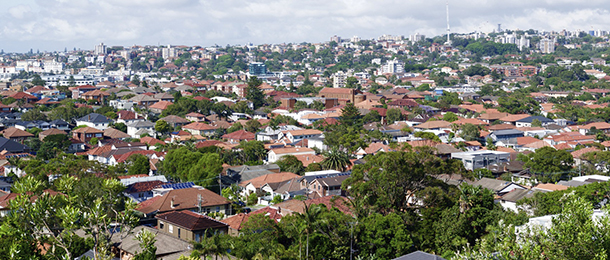A reduction in the number of investors participating in the residential real estate market has resulted in a significant decrease in available rental properties, an industry body has noted.
The Property Investment Professionals of Australia (PIPA) has put this trend down to inequitable lending conditions over the past four years.
To this end, PIPA highlighted the fact investors made up 35 per cent of the residential rental property market in the decade spanning 2007 to 2017, but that this was no longer the case.
“The volume of investors has been trending up over the past few months, but the fact that they were generally stuck on the sidelines for a number of years means there is a significant rental property deficit in most parts of the nation,” PIPA chair Peter Koulizos said.
Koulizos pointed out SQM Research data had recorded the national vacancy rate of rental properties at 2.9 per cent in 2016, but this figure had diminished substantially since then.
“The national vacancy rate is now just 1.7 per cent, according to SQM Research, with some areas having rental markets that are critically undersupplied, such as Adelaide and Perth with vacancy rates of 0.6 per cent, as well as Hobart on just 0.5 per cent,” he revealed.
“This is happening during a period when our population is missing hundreds of thousands of new overseas migrants each year as well, with even Sydney’s vacancy rate reducing to 2.7 per cent over recent months.”
PIPA is not expecting the situation to improve in the immediate future as a new round of lending restrictions for potential property investors is currently being introduced and the industry body is predicting this ongoing issue will undoubtedly impact property rental prices across the country as has been evident in the past few years.
“Since December 2016, national weekly house rents have increased by nearly 24 per cent and national weekly unit rents have jumped by 20 per cent, according to SQM Research,” Koulizos said.
''


